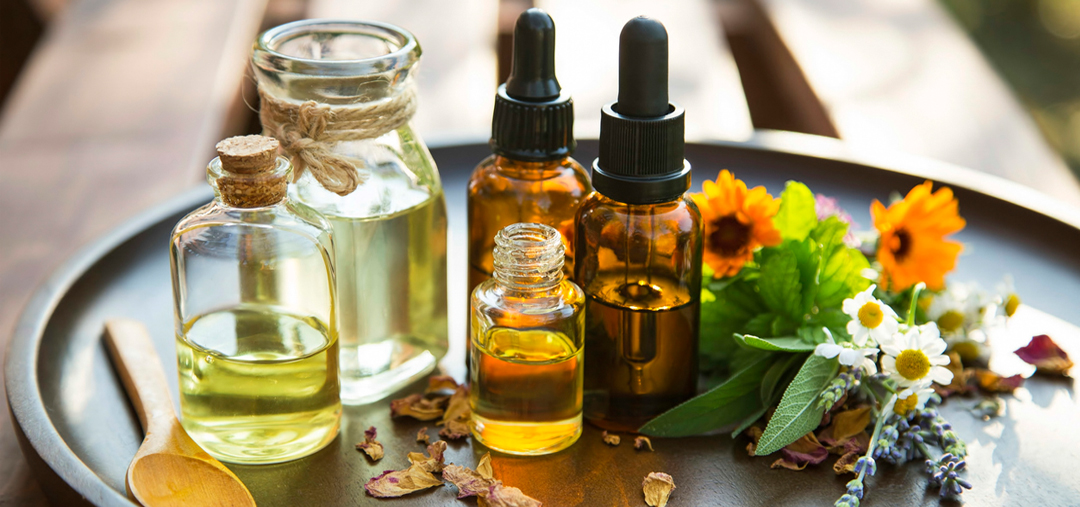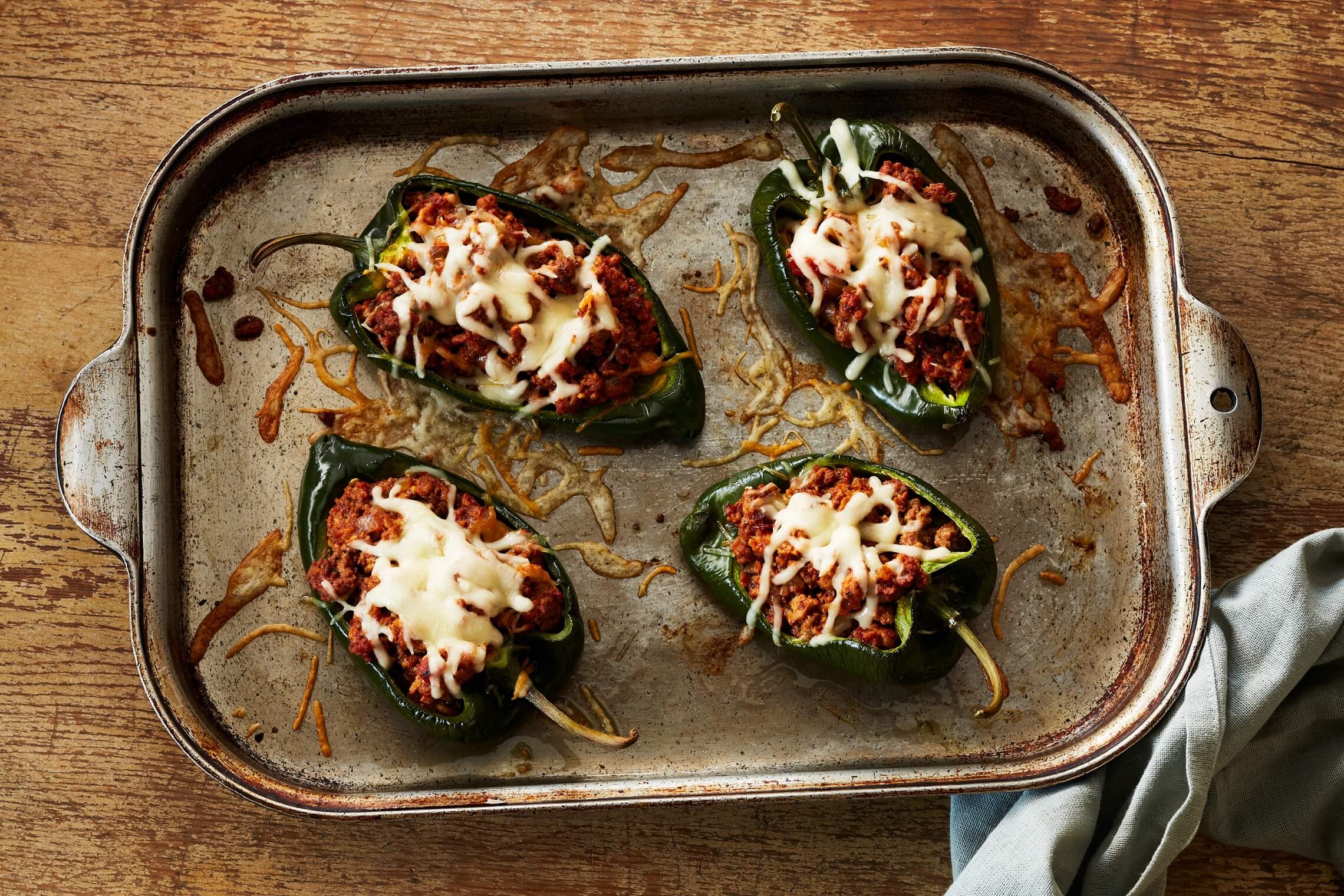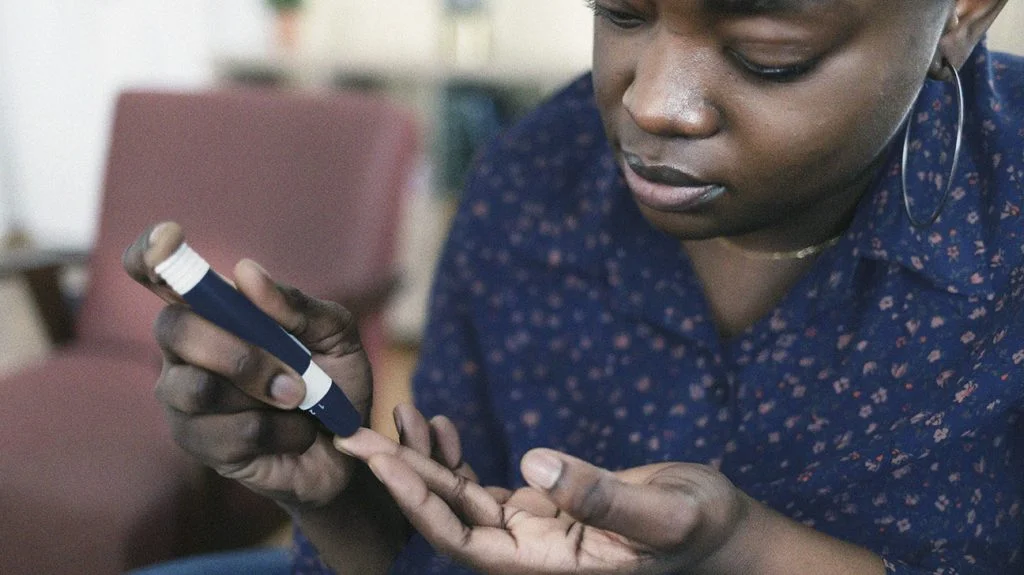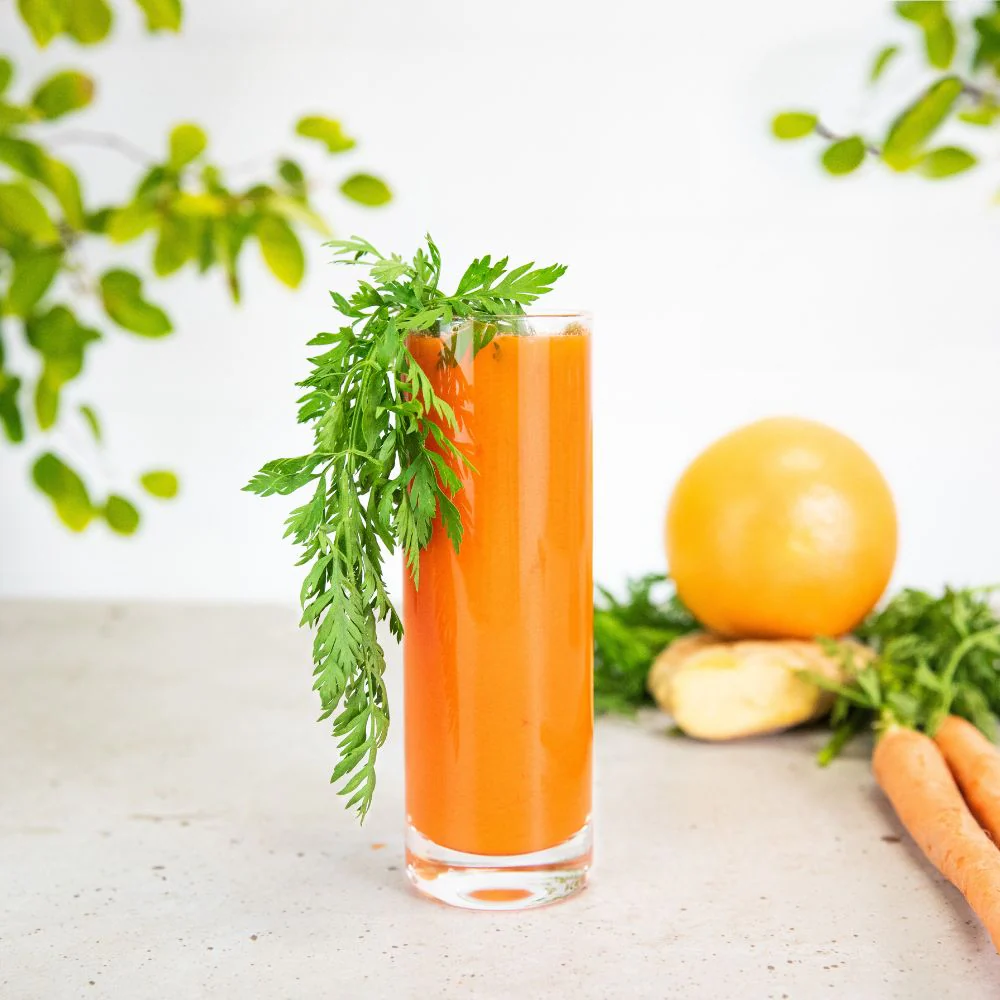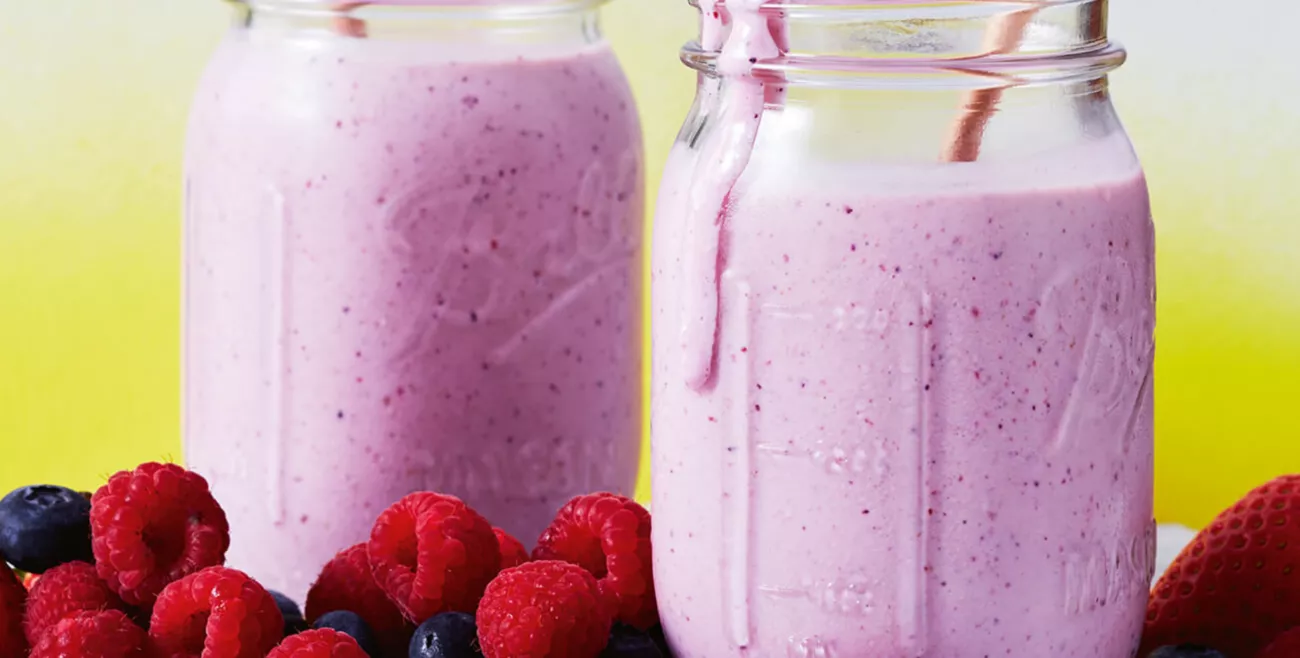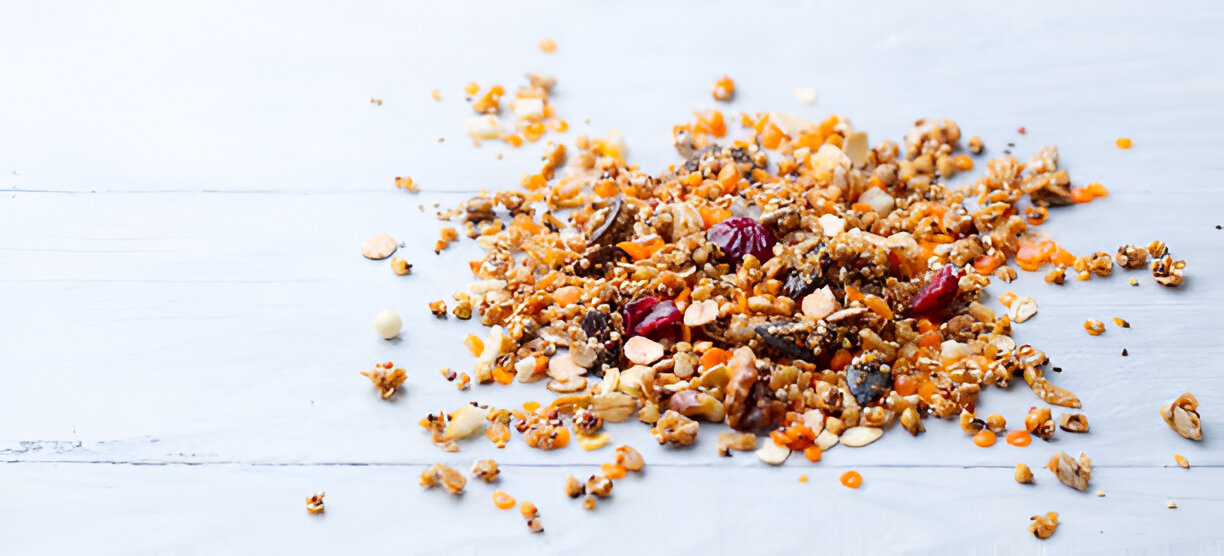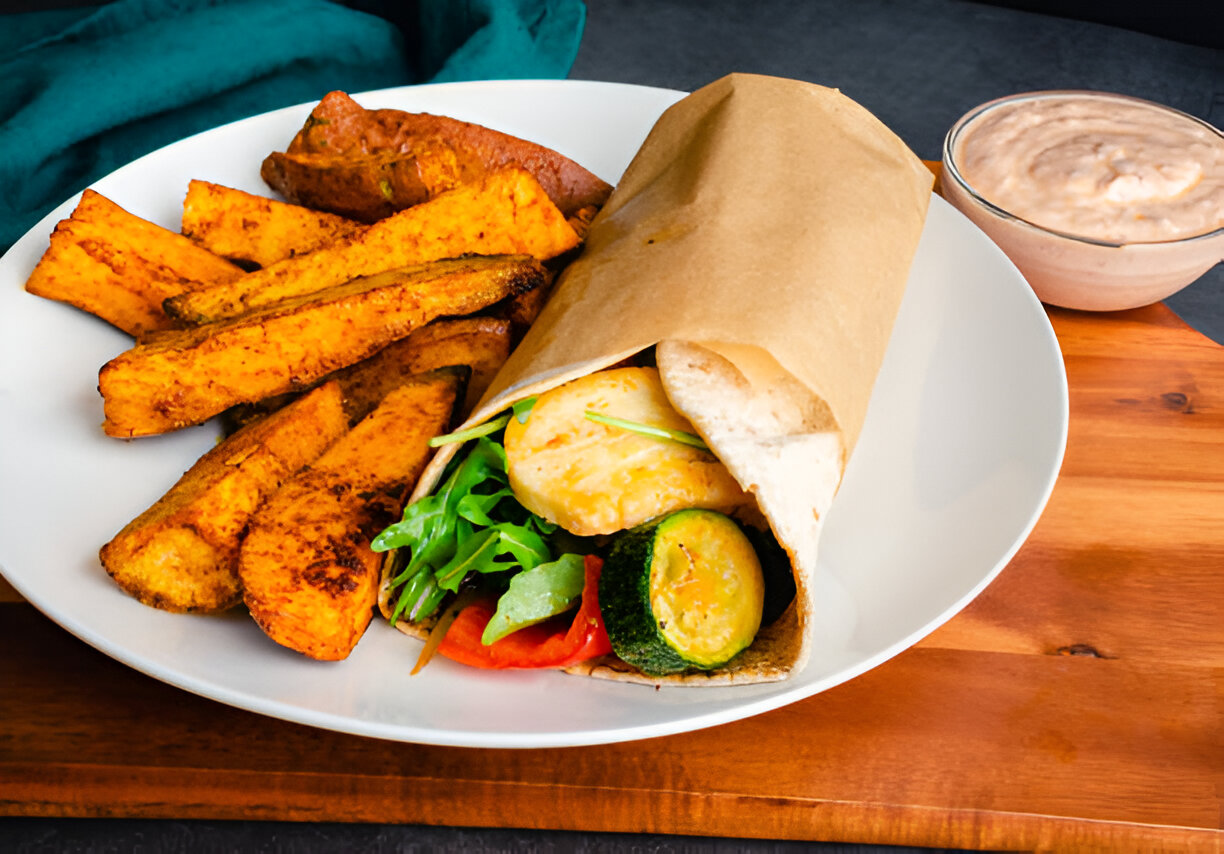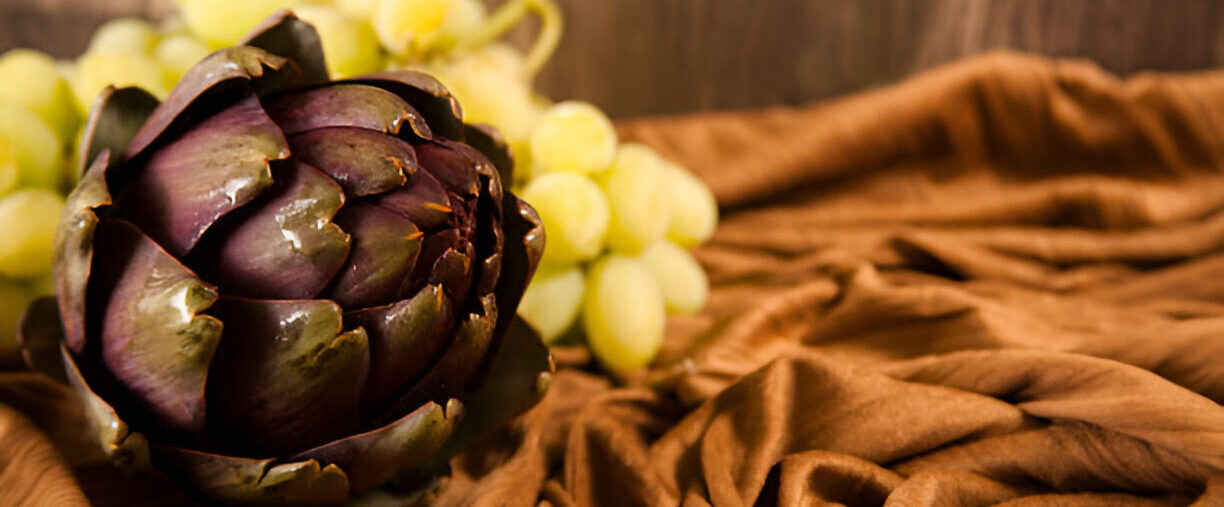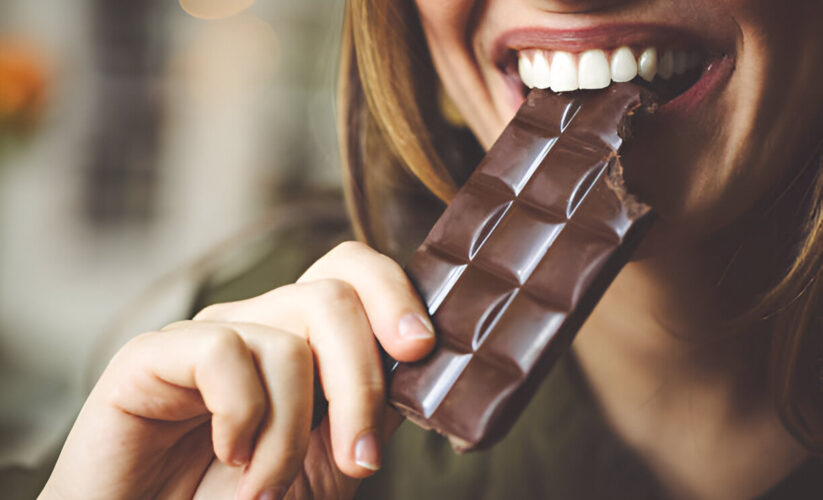
While those heart-shaped boxes of milky, cream-filled bonbons don’t qualify, recent studies show that pure dark chocolate is actually good for you. That doesn’t mean you should stack a massive supply next to the remote control and settle in for the winter. But in moderation, you can enjoy the glorious taste of dark chocolate guilt-free.
Health Benefits
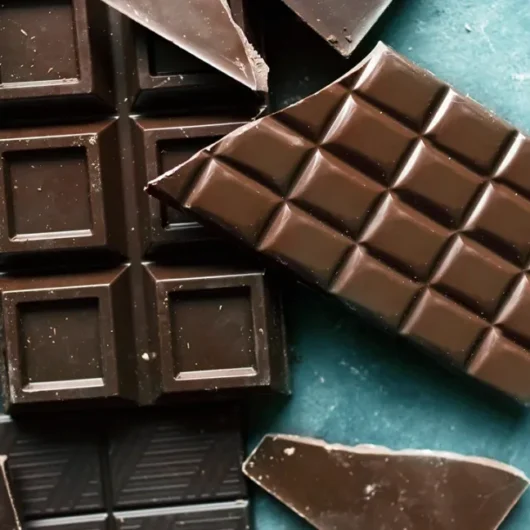
Dark chocolate contains a high concentration of stearic acid (a saturated fatty acid with a neutral effect on cholesterol), essential minerals including magnesium, copper, potassium, manganese, and most significant, flavonoids. The latter are phytochemical plant pigments that act as natural antioxidants, neutralizing free radicals that can damage body tissue and cells. (Since dairy can interfere with the absorption of these antioxidants, only dark chocolate — not milk — offers benefits.)
Flavonoids also hinder platelet aggregation and improve blood-vessel flexibility, helping to prevent hardening of the arteries. Traditionally made (meaning minimally processed) dark chocolate actually contains more flavonoids per gram than any other food tested so far, including green tea, red wine, and blueberries. The good news doesn’t stop there: The high percentage of cocoa in dark chocolate also gives it a low glycemic index, a ranking of carbohydrates according to their effect on our blood glucose levels. This means it produces only small fluctuations in blood glucose and insulin levels (diabetics, take note).
How to Buy

Chocolate ranks among the most heavily sprayed crops, so it’s important to choose organic. As with any agricultural product, the flavor of the cacao bean varies depending on the quality of the soil and the way it’s processed.
For the greatest health benefit, buy traditionally prepared or “artisan” chocolate (most likely to contain more flavonoids because it’s gently made with reduced heat) with at least 70 percent cocoa to guarantee the lowest glycemic index (try gourmet stores or Whole Foods). If kept away from moisture or humidity in a cool, dark place (around 65 degrees), properly stored dark chocolate can last up to a year. Here are a few helpful suggestions on what to look for at the store:
Appearance
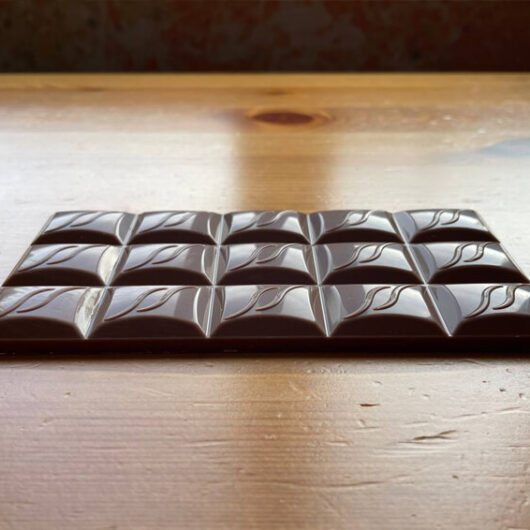
High-quality dark chocolate should have a high-gloss sheen, not a “bloomed” (blotchy, almost dusty) look.
Feel
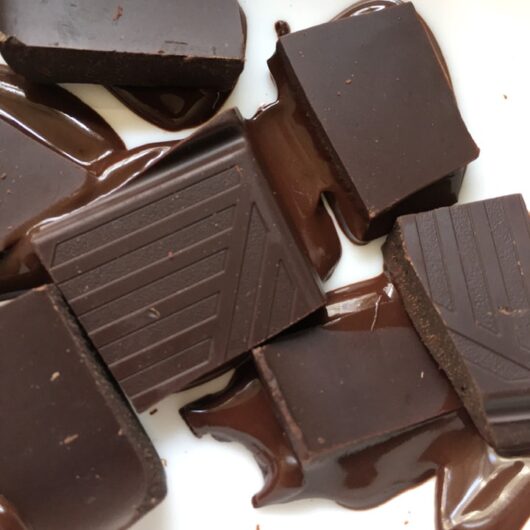
It starts to soften at about 97 degrees, good chocolate should melt in your hand.
Sound
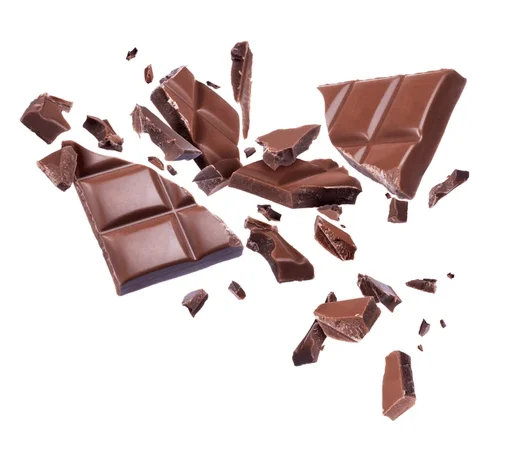
You should hear a solid snap when you crack off the corner of the bar, proof that it was tempered (or melted and cooled to the desired crystal structure) properly.






